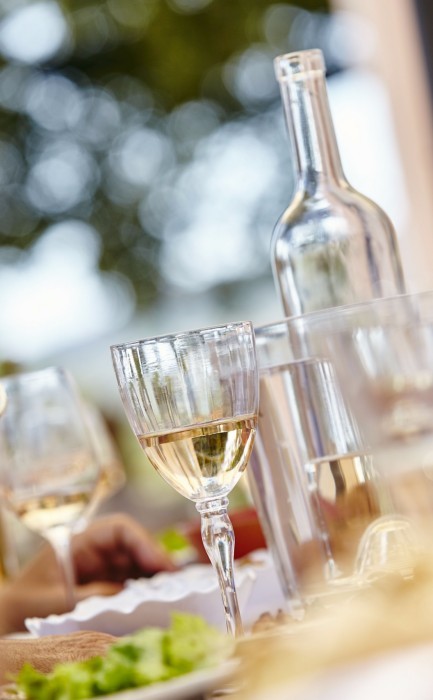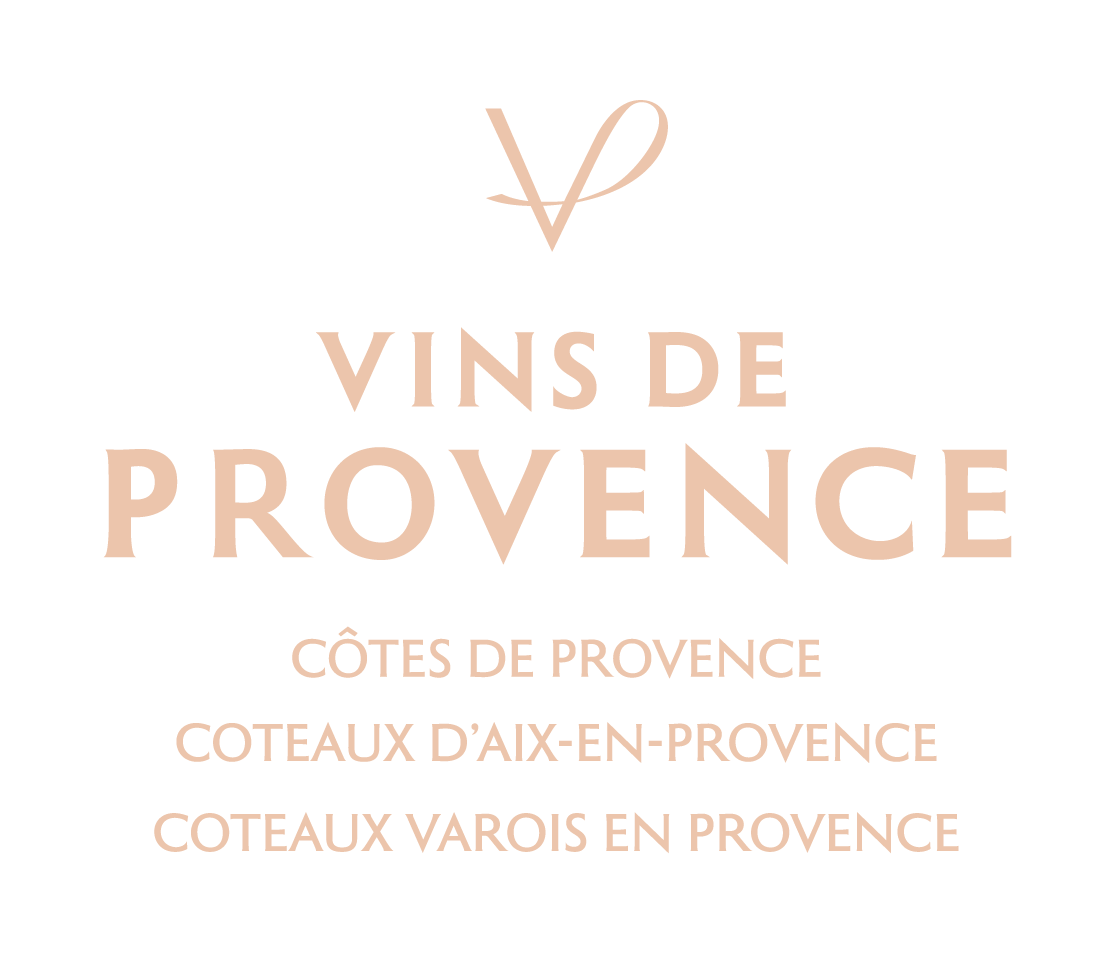Intro to Rosé
More than just a fad : the trend
In 30 years, rosé wine has become a force to be reckoned with
France, life is rosy: since 1990, the consumption of rosé wine has continued to rise. In fact, it actually tripled in just 25 years. And today, one in three bottles of wine purchased is a bottle of rosé! (CIVP data according to IRI Symphony)
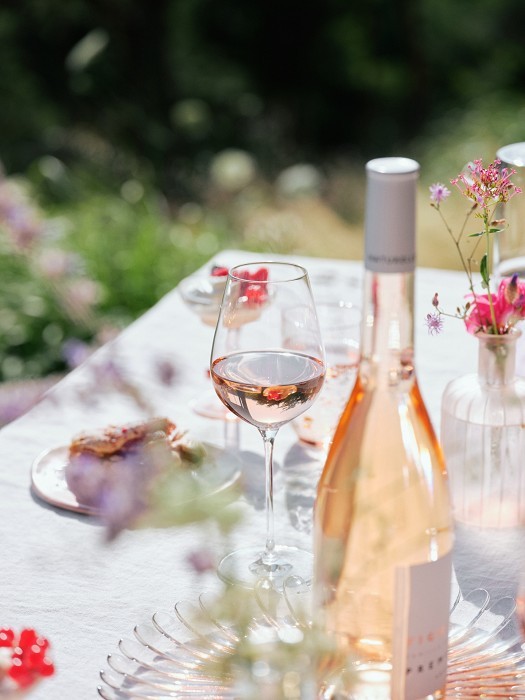
The french love it
9 out of 10 wine-drinkers say they drink rosé
Rosé wine is no passing fad! In France, wine-drinkers are inexhaustibly infatuated with it. The consumer market for rosé is estimated at 36 million people. And when asked, consumers reported they have an excellent image of Provence rosés: “a really enjoyable flavour”, able to “please everyone”, these “trendy”, “terroir” wines are “refreshing, fruity and aromatic”. What a success!
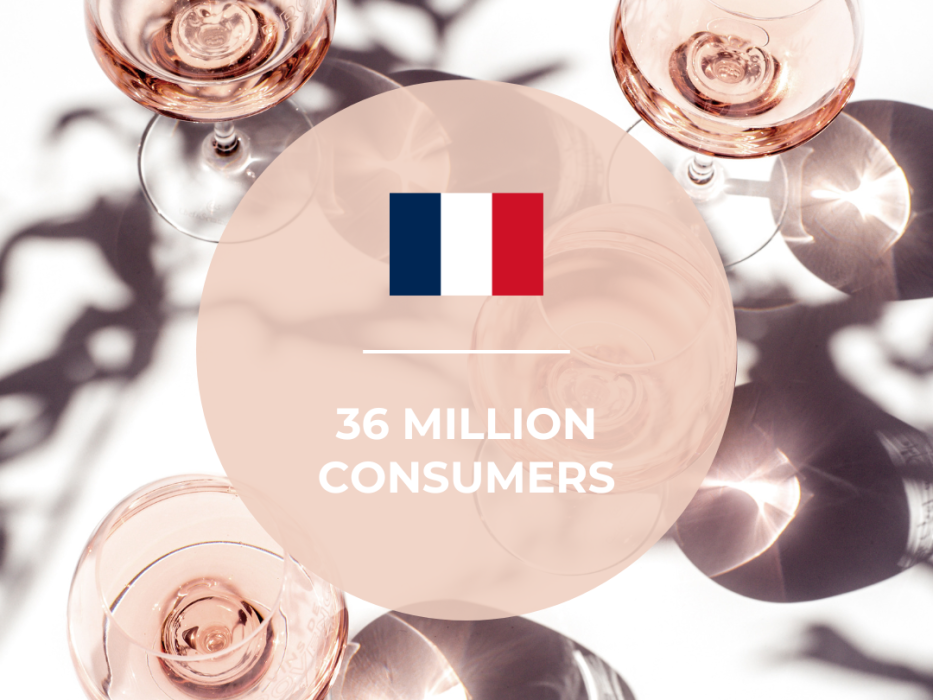
In tune with our lifestyle
Because we don't live like our grandparents did
More than just a fad, rosé wine has made a place for itself in today’s society. Because it is perfectly aligned with the evolution of new consumer and lifestyle trends: less structured meals, cuisines from around the world in our plates, simple and direct gastronomy, an interest in discovering new things and a desire for conviviality above all else and for immediate enjoyment.
Rosé provides a different vision of wine, one that is more accessible, without the burden of tradition: it’s the wine of freedom.
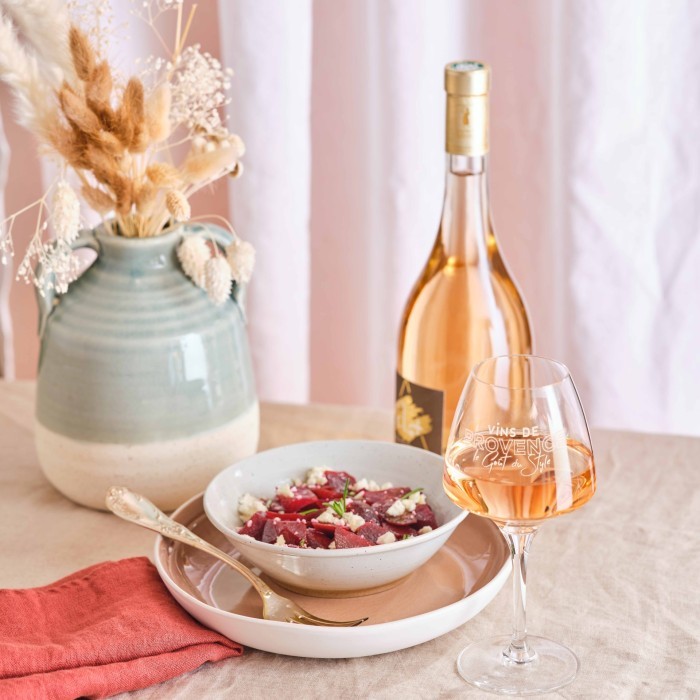
A dazzling worldwide success
Exports of Provence wines have skyrocketed by nearly 500% in the space of 15 years !
The enthusiasm for rosé extended beyond the borders of France. As a result, Vins de Provence export more than 55 million bottles of rosé each year. US love Rosés de Provence, they buy around 37% of the volume sold abroad.
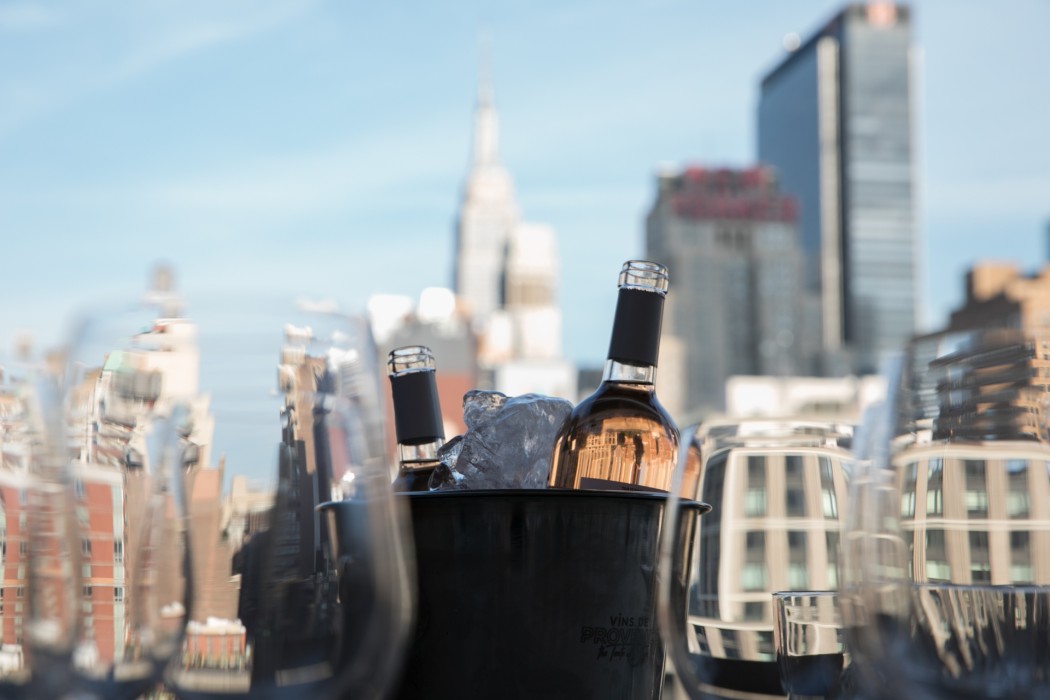
Rosé : the oldest and most modern of wines
Yes, it's possible to combine trend and tradition !
Rosé wine is not just the trendy wine of the 21st century. When the Greeks planted the first grapevines in Provence 2,600 years ago, they were already making rosé! This was because wine-making techniques in those days were different: the method of macerating red grapes, which gives red wine its colour, was unknown or, at the least, very uncommon. Wine made from red grapes was therefore rosé. In other words, Provence is the oldest wine region in France, and rosé is the oldest known wine!
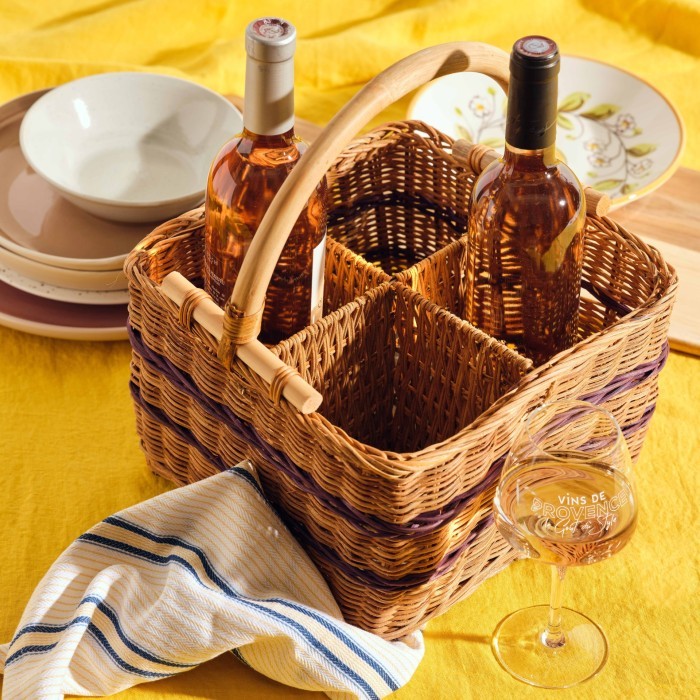
Provence, naturally rosy !
No. 1 in the production of rosé wine... and in the minds of consumers
In Provence, making rosé is a speciality, and a longstanding way of life, thanks to Provence’s climate, terroir and varietals which are perfectly suited to this wine. It is only logical then that Provence should be the number one French region for the production of rosé wines: 134 million AOP bottles produced in 2024. Provence accounts for between 40 and 45% of the national production of AOP rosé wines and around 5% of the world production of rosé wines. In the minds of consumers too, we are the top wine region associated with rosé. This is no surprise: we are the only ones to dedicate 91% of our vines to that wine! From vineyard management to wine-making, by way of the choice of varietals, every step is carefully thought out by Provence’s wine-growers to ensure they produce high-quality rosé wines.
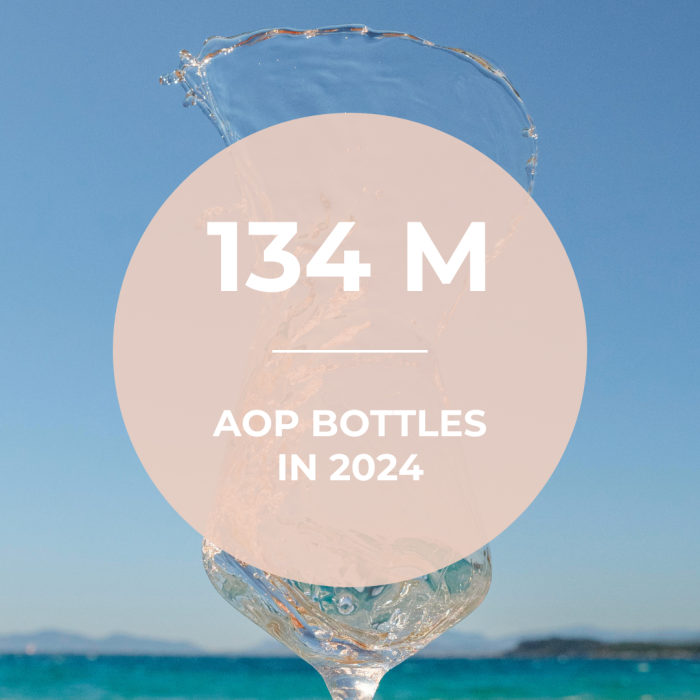
Our dedicated Rosé research center
Objective : excellence !
Name: Centre de Recherche et d’Expérimentation sur le Vin Rosé Date of birth: 1999, in Vidauban, Var, France. Mission: To carry out scientific research and experiments on rosé wine. This highly professional agent provides better knowledge of terroirs and varietals, and greater mastery of wine-making and conservation techniques. The centre also holds exciting conferences. Website: www.centredurose.fr
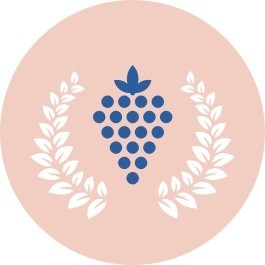
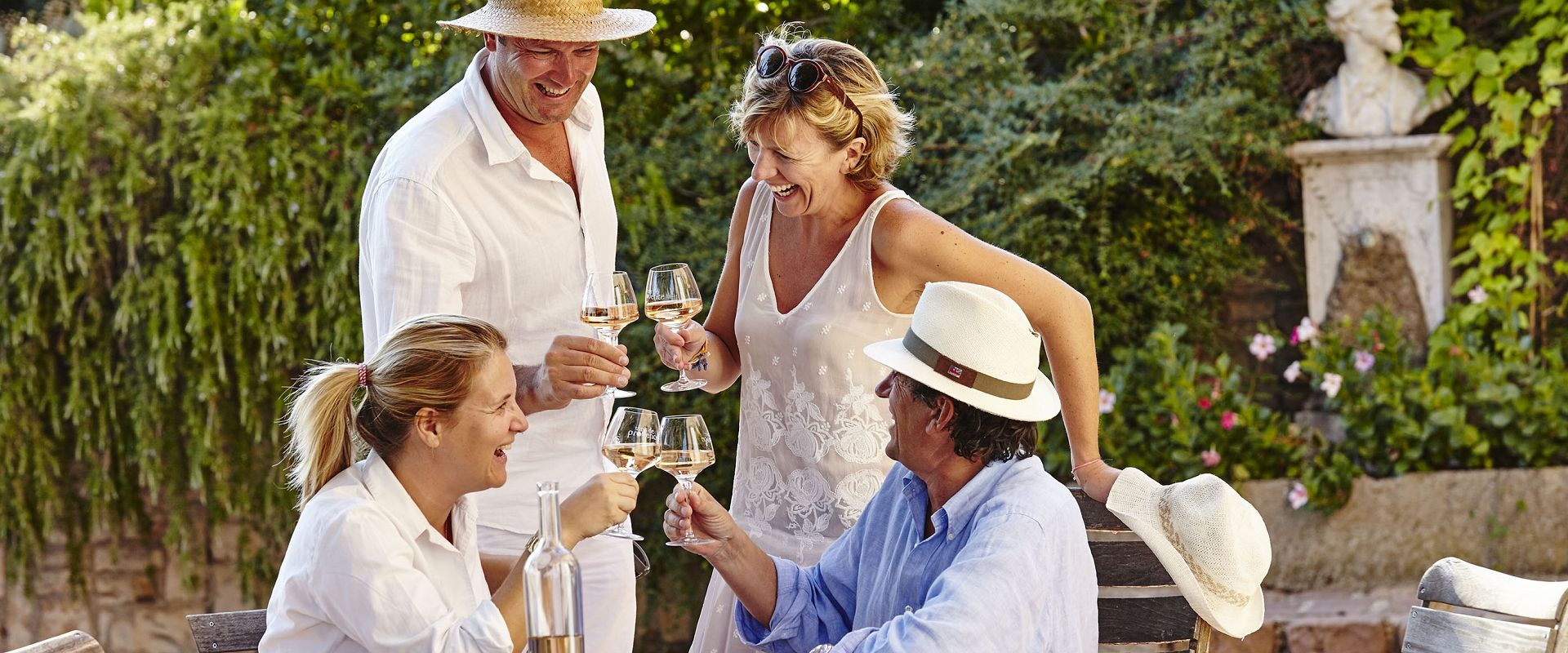
Colour chart for provence's Rosé wines
Six colours of Provence AOP rosé wines
These are the names of the six main colors of rosé produced in Provence.
Developed in partnership with the Centre de Recherche and d’Expérimentation sur le Vin Rosé, this colour chart provides a reference for describing the colour of a rosé with precision. Useful to producers and consumers alike.
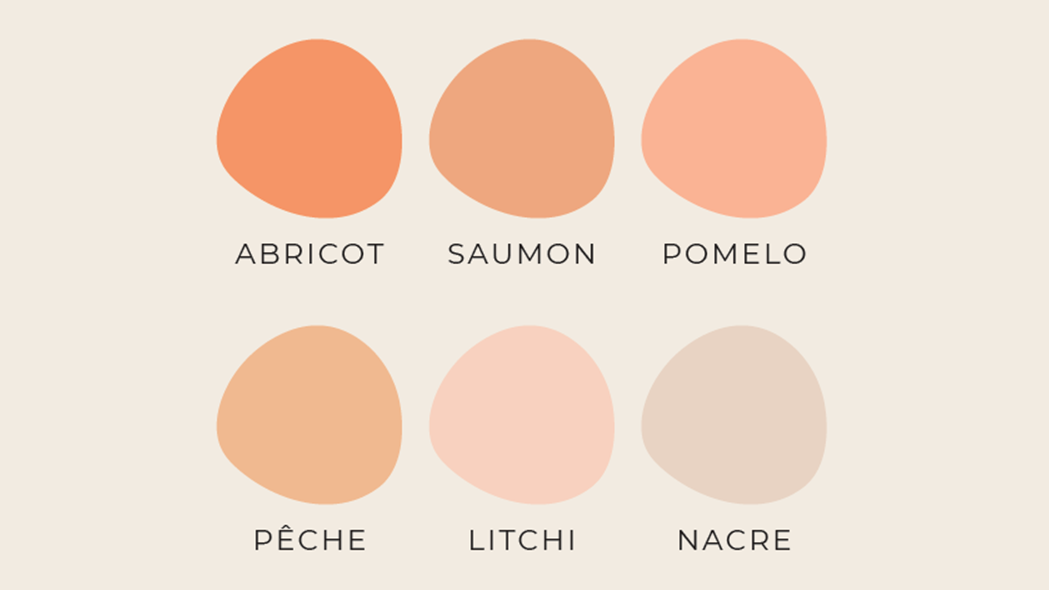

These are the names of the six main colors of rosé produced in Provence.
Developed in partnership with the Centre de Recherche and d’Expérimentation sur le Vin Rosé, this colour chart provides a reference for describing the colour of a rosé with precision. Useful to producers and consumers alike.
An economic observatory for Rosé wine
Vins de Provence opted to prioritize rosé wine many years ago and have since gained unrivalled experience and expertise. Continuing along those lines, it was of strategic importance to have reliable economic information about this colour of wine, which demanded that crucial work be done to reconstruct, cross-reference and analyse the data.
In 2008, the CIVP took the initiative of launching the Observatoire du Rosé along with various partners (FranceAgriMer, CNIV and OIV). The observatory has now enabled the CIVP to:
- Perform market analyses of Provence wines and our competitors;
- Create business intelligence tools for collective and corporate strategy;
- Issue widespread communications to partners in the wine region, positioning Provence wines as the economic benchmark for rosé.
